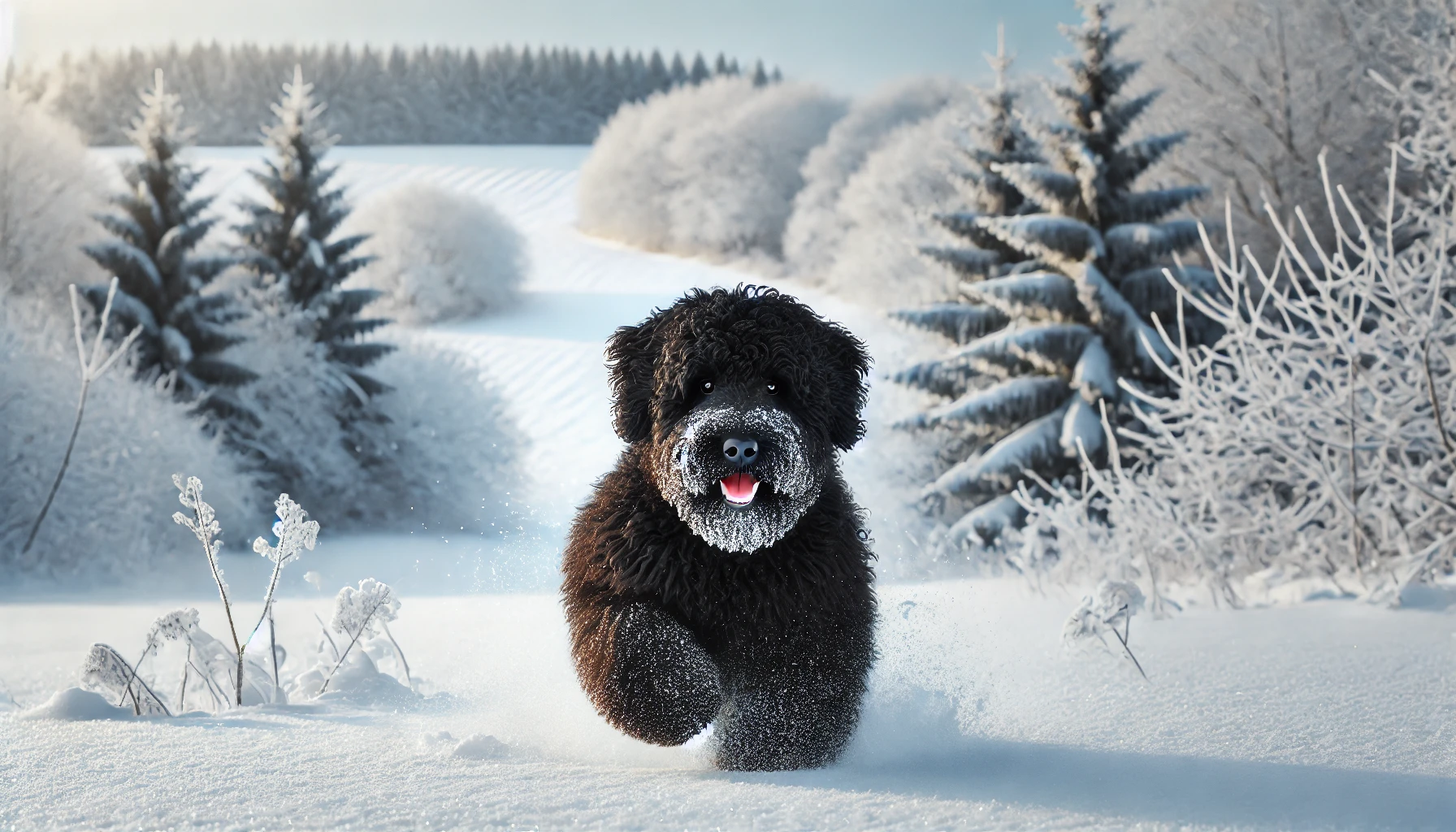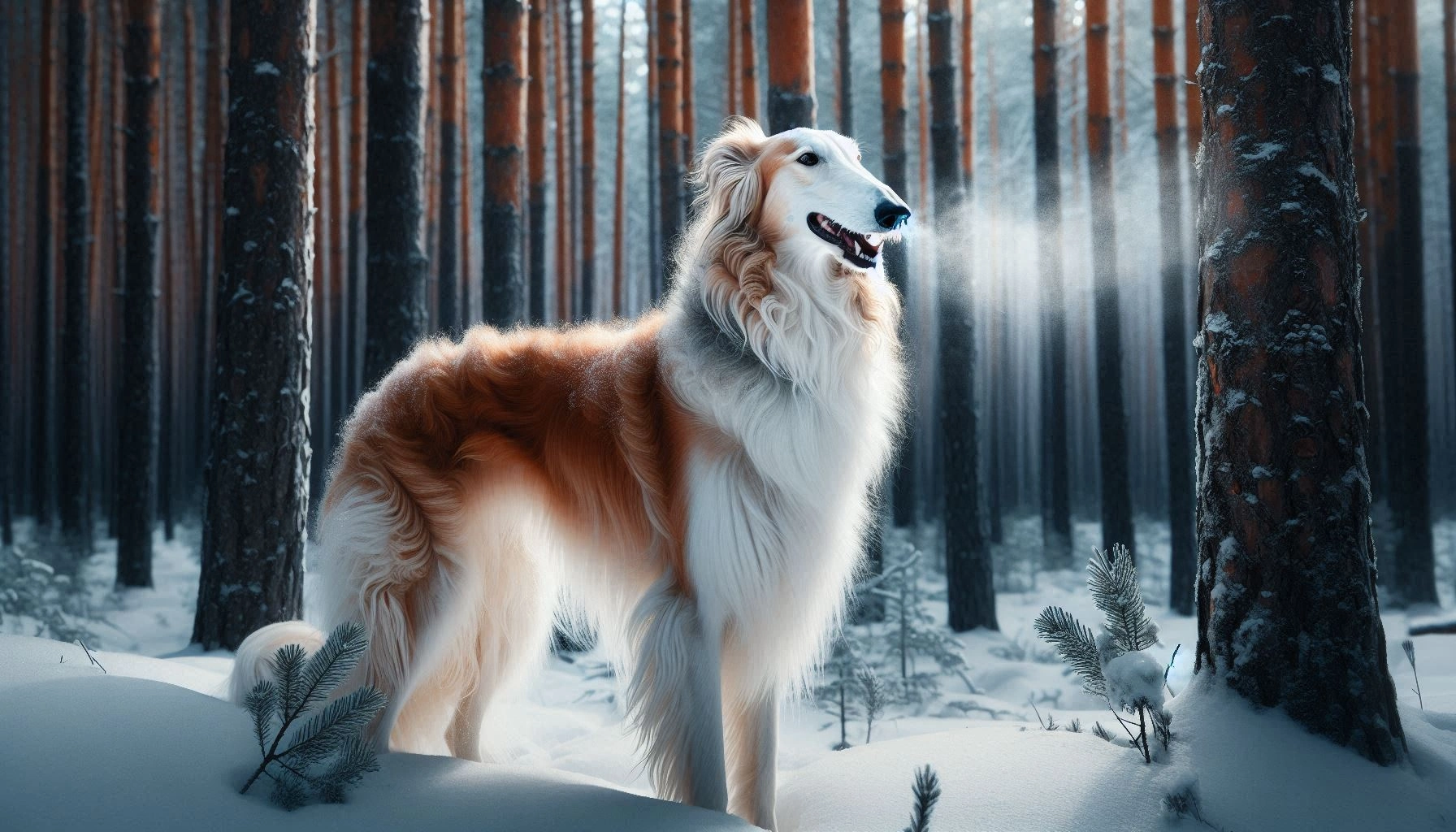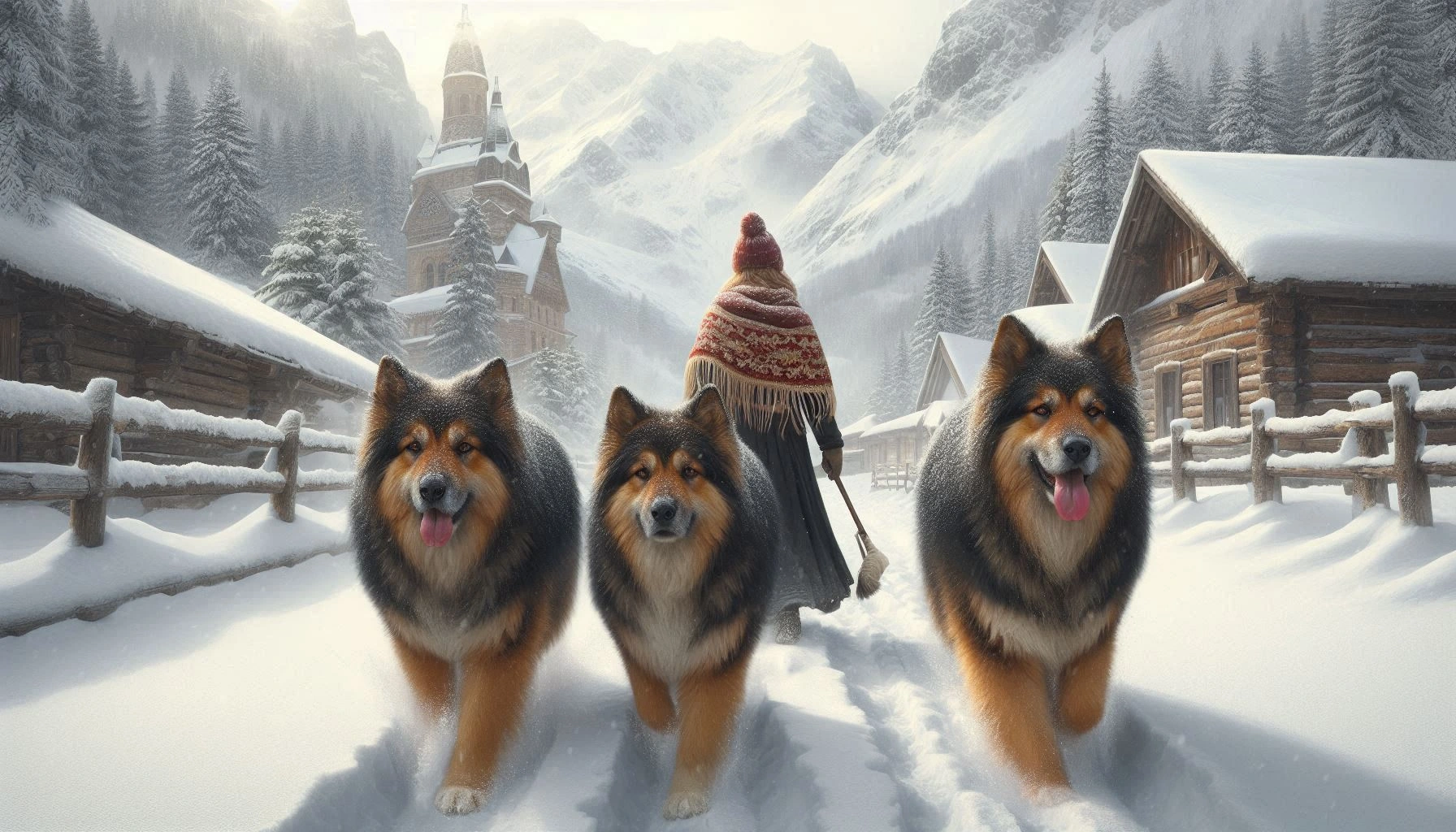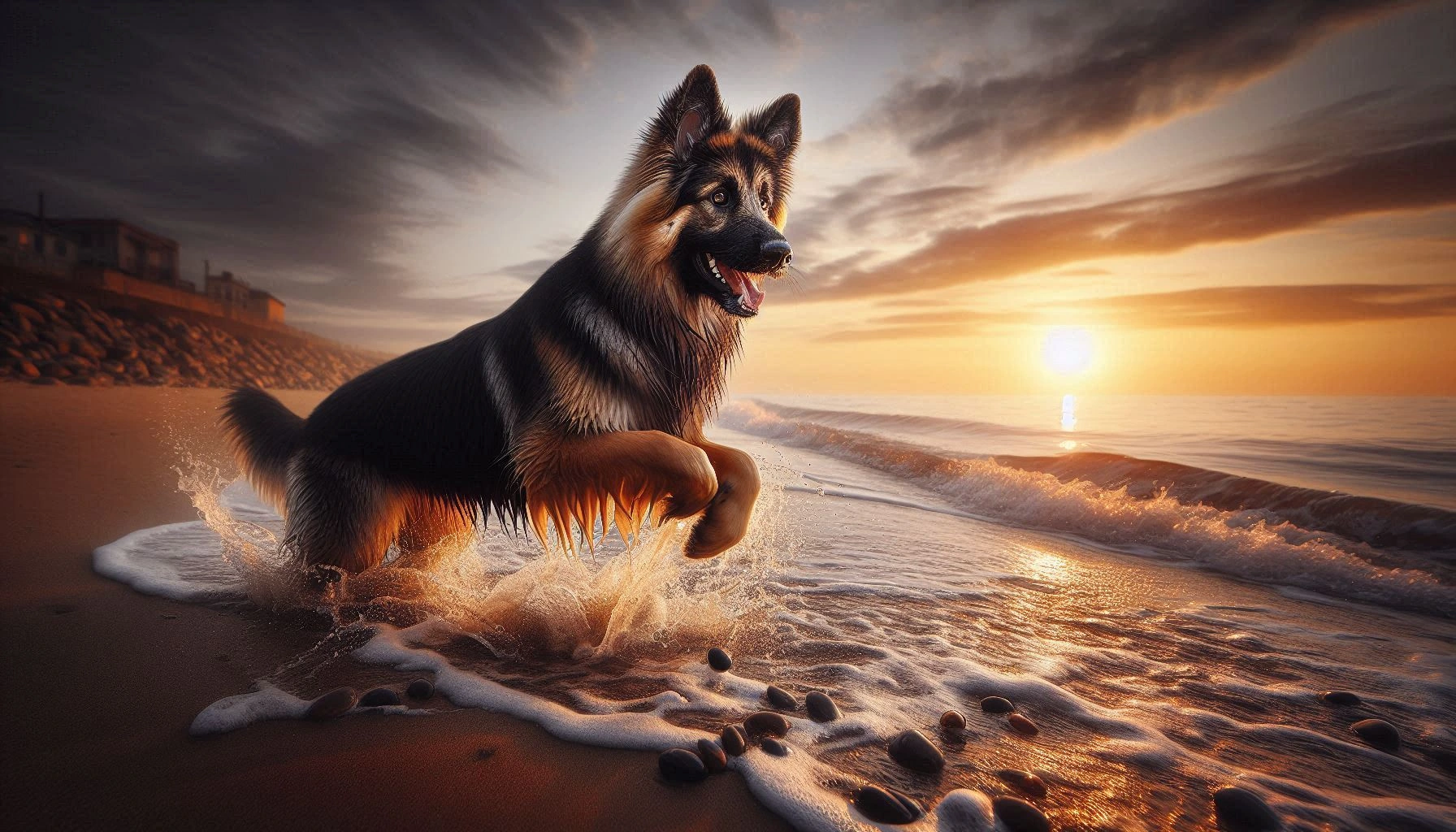Table of Contents
Russian Toy Breed
The Russian Toy, often referred to simply as “Russkiy Toy,” is a small and elegant dog breed known for its charming personality and lively demeanor. This breed, which originated in Russia, has gained popularity among dog enthusiasts for its striking appearance and affectionate nature. Despite its petite stature, the Russian Toy is a bundle of energy and love, making it an excellent companion for various lifestyles. In this article, we’ll delve into the history, physical characteristics, temperament, health, and care needs of this captivating breed.
History and Origin
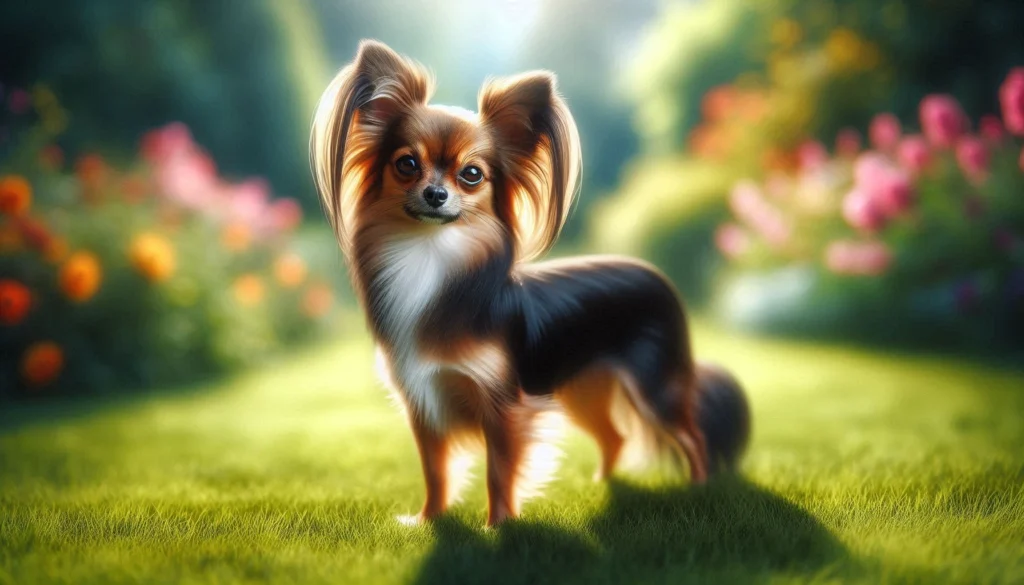
The Russian Toy has a storied history that dates back to the aristocratic circles of 18th-century Russia. Initially bred as a companion for nobility, this breed’s popularity surged in the early 20th century. The Russian Toy was developed from English Toy Terriers, which were brought to Russia and selectively bred for a smaller size and refined appearance.
During the Soviet era, the breed faced near extinction due to political and economic turmoil. However, dedicated breeders in the 1950s revived the Russian Toy, focusing on two distinct varieties: the long-haired and the smooth-haired. Today, the breed is a symbol of elegance and resilience, cherished by dog enthusiasts worldwide.
Physical Characteristics
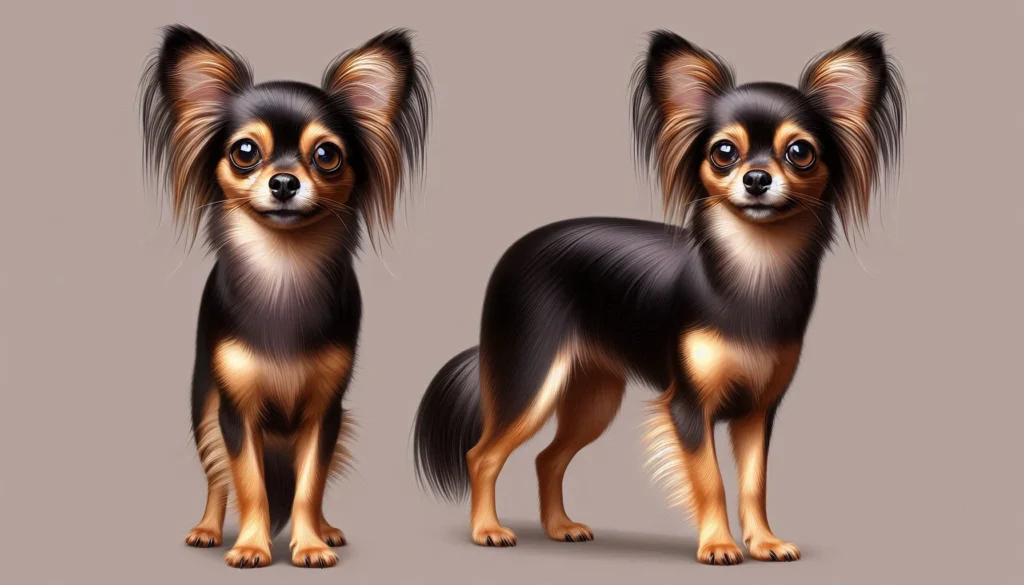
The Russian Toy is a small breed, typically weighing between 3 to 6 pounds and standing about 8 to 10 inches tall at the shoulder. Despite its diminutive size, the breed is well-proportioned with a graceful and athletic build.
Coat Type and Colors
Russian Toys come in two coat varieties: long-haired and smooth-haired. The long-haired variety features a straight or slightly wavy coat with feathering on the ears, legs, and tail, while the smooth-haired type has a short, shiny coat. Both varieties can be found in several colors, including black and tan, blue and tan, brown and tan, and solid red.
Distinctive Features
One of the most striking features of the Russian Toy is its large, expressive eyes, which are typically dark and full of curiosity. Their ears are another distinctive trait, being large, set high, and erect, giving the breed an alert and attentive appearance.
Temperament and Personality
The Russian Toy is known for its vibrant and affectionate personality. These dogs are highly social and thrive on human interaction, making them excellent companions for individuals and families alike.
Interaction with People
Russian Toys are incredibly loyal and form strong bonds with their owners. They are affectionate and enjoy being the center of attention. Despite their small size, they are known for their bravery and will often protect their family members with a surprising amount of tenacity.
Interaction with Children and Other Animals
While the Russian Toy is gentle and patient with children, supervision is recommended due to their delicate size. They generally get along well with other pets, especially if socialized from a young age. However, their terrier heritage may occasionally lead to assertive behavior with other dogs.
Health and Lifespan
The Russian Toy is a relatively healthy breed with an average lifespan of 12 to 15 years. However, like all breeds, they are susceptible to certain health issues.
Common Health Issues
Some common health concerns for Russian Toys include patellar luxation, dental problems, and progressive retinal atrophy (PRA). Regular veterinary check-ups and a balanced diet can help mitigate these risks.
Tips for Keeping Your Russian Toy Healthy
- Regular Vet Visits: Ensure regular veterinary check-ups to monitor your dog’s health.
- Dental Care: Brush their teeth regularly and provide dental chews to prevent dental issues.
- Balanced Diet: Feed a high-quality diet appropriate for their size and age.
- Exercise: Provide regular exercise to keep them fit and mentally stimulated.
- Safety Measures: Due to their small size, take precautions to prevent injuries, especially from jumping or rough play.
Care and Grooming
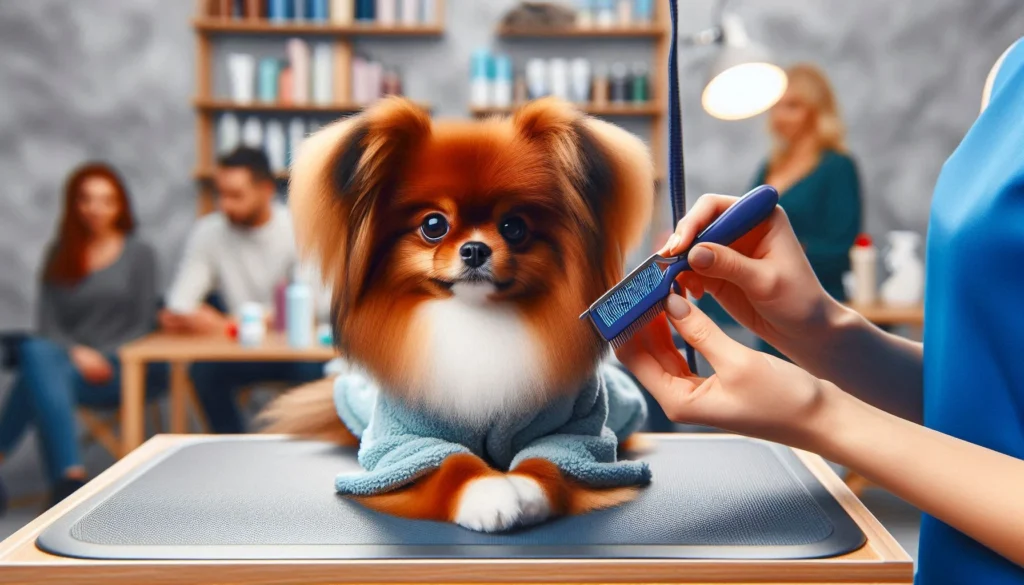
Caring for a Russian Toy involves meeting their grooming, exercise, and dietary needs.
Grooming Needs
- Long-Haired Variety: Brush their coat several times a week to prevent tangles and mats.
- Smooth-Haired Variety: Weekly brushing is generally sufficient to keep their coat in good condition.
- General Care: Regularly clean their ears, trim their nails, and bathe them as needed.
Exercise Requirements
Despite their small size, Russian Toys are energetic and require daily exercise. Short walks, playtime, and interactive toys can help keep them physically and mentally stimulated.
Dietary Recommendations
Feed your Russian Toy a high-quality, small-breed dog food. Portion control is crucial to prevent obesity, and fresh water should always be available.
Training and Socialization
Training and socializing a Russian Toy can be a rewarding experience.
Training Tips
- Positive Reinforcement: Use positive reinforcement techniques such as treats and praise to encourage good behavior.
- Consistency: Be consistent with commands and routines to help them learn more effectively.
- Socialization: Expose them to various environments, people, and other animals from a young age to foster a well-rounded temperament.
Challenges and Tips for New Owners
The Russian Toy can be slightly stubborn, so patience and persistence are key. Early socialization and training will help prevent behavioral issues and ensure they grow into well-mannered adults.
Suitability as a Family Pet
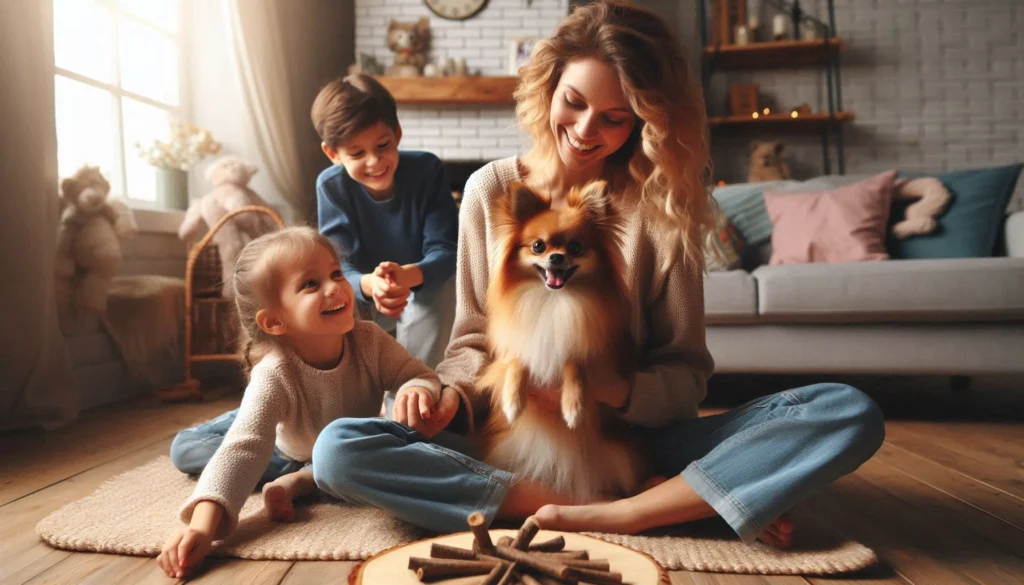
The Russian Toy is well-suited for families and individuals alike. They adapt well to apartment living due to their small size but also enjoy having space to run and play.
Living Environment Considerations
While they can live comfortably in apartments, they should be protected from extreme temperatures due to their small size. Provide a cozy bed and avoid leaving them alone for extended periods, as they thrive on companionship.
Energy Levels
Russian Toys are lively and energetic, but their needs can be met with regular indoor play and short outdoor activities. They are perfect for families with a moderate activity level.
Fun Facts and Trivia
- Two Varieties: The Russian Toy comes in two coat types: long-haired and smooth-haired, offering potential owners a choice based on their grooming preferences.
- Noble Origins: The breed was a favorite among Russian aristocracy and was often seen in the palaces of Russian nobles.
- Tiny Protectors: Despite their small size, Russian Toys are known for their bravery and will not hesitate to protect their loved ones.
Dog Breeds Similar to Russian Toy
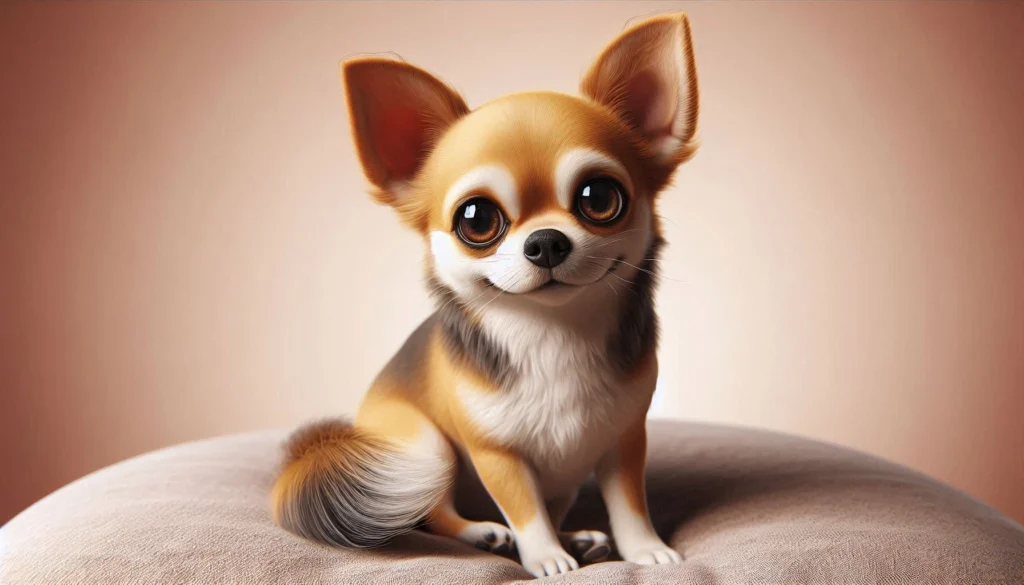

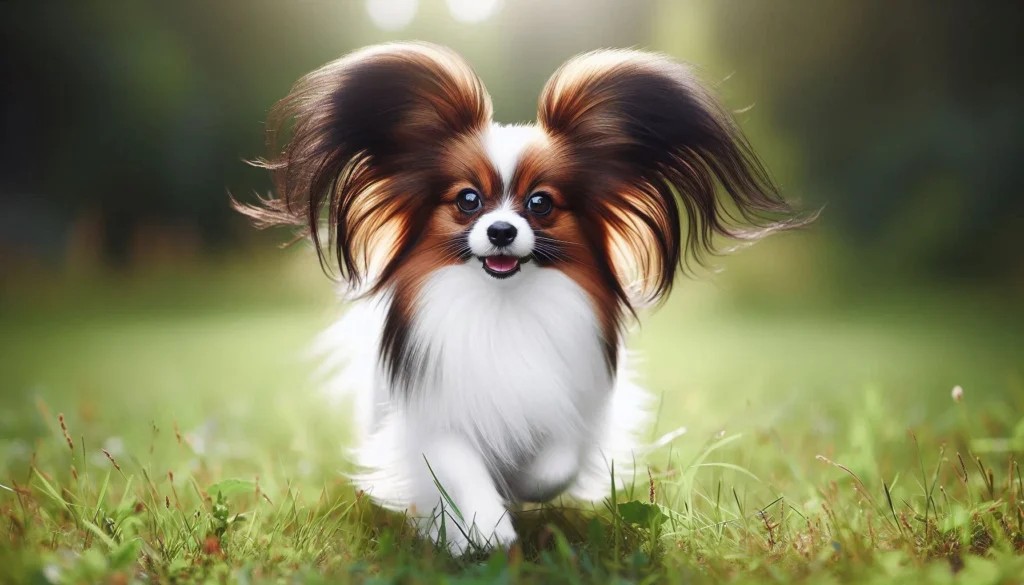
1. Chihuahua
Chihuahuas are one of the smallest dog breeds, known for their big personalities and devotion to their owners. They share a similar size and affectionate nature with the Russian Toy.
2. Yorkshire Terrier
Yorkshire Terriers, or Yorkies, are small but feisty dogs with a luxurious coat. They are energetic and make great companions, much like the Russian Toy.
3. Papillon
Papillons are small, elegant dogs with butterfly-like ears. They are intelligent, friendly, and share the same affectionate qualities as the Russian Toy.
Conclusion
The Russian Toy is a delightful breed that combines elegance, affection, and a lively spirit in a petite package. With its rich history, distinctive appearance, and loving nature, this breed makes a wonderful companion for dog lovers of all kinds. Whether you’re a family looking for a loyal friend or an individual seeking a charming companion, the Russian Toy might be the perfect addition to your life. Explore more about this captivating breed and consider welcoming one into your home.
FAQ
Is the Russian Toy a dangerous dog?
No, the Russian Toy is not a dangerous dog. They are affectionate and social, known for their loyalty and friendly nature. Proper training and socialization will ensure they are well-behaved and gentle.
Is the Russian Toy the best guard dog to protect you or your family?
While the Russian Toy is brave and will alert you to strangers, they are not typically used as guard dogs due to their small size. They can, however, be excellent watchdogs, providing early warnings of potential intruders.
